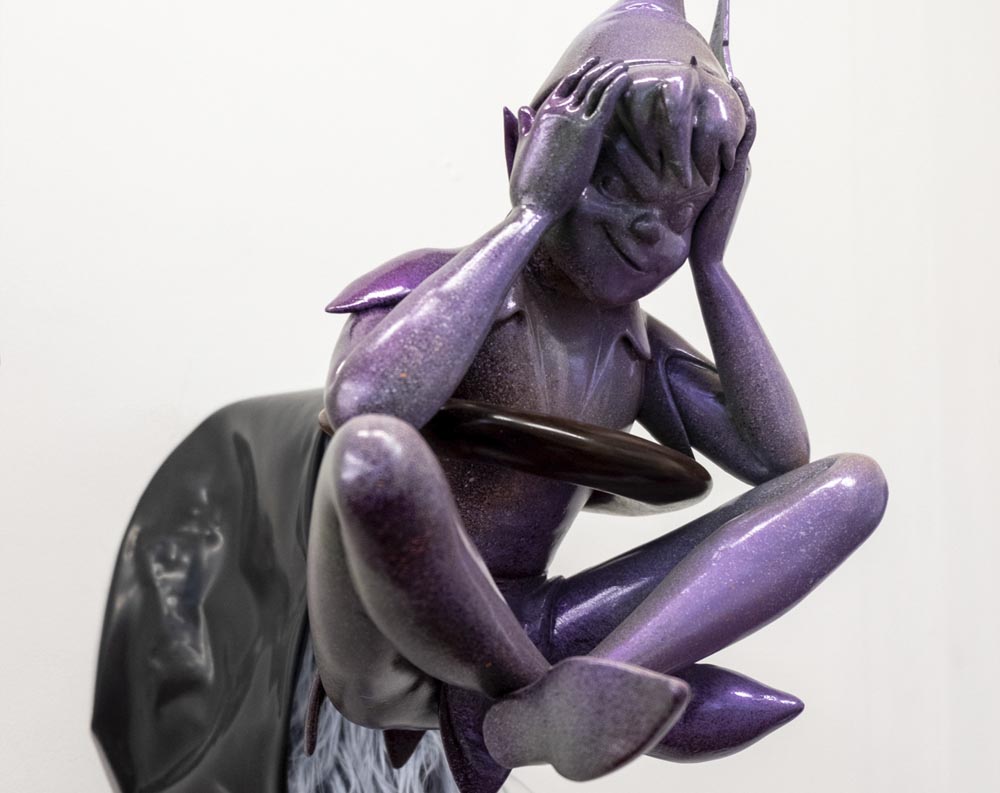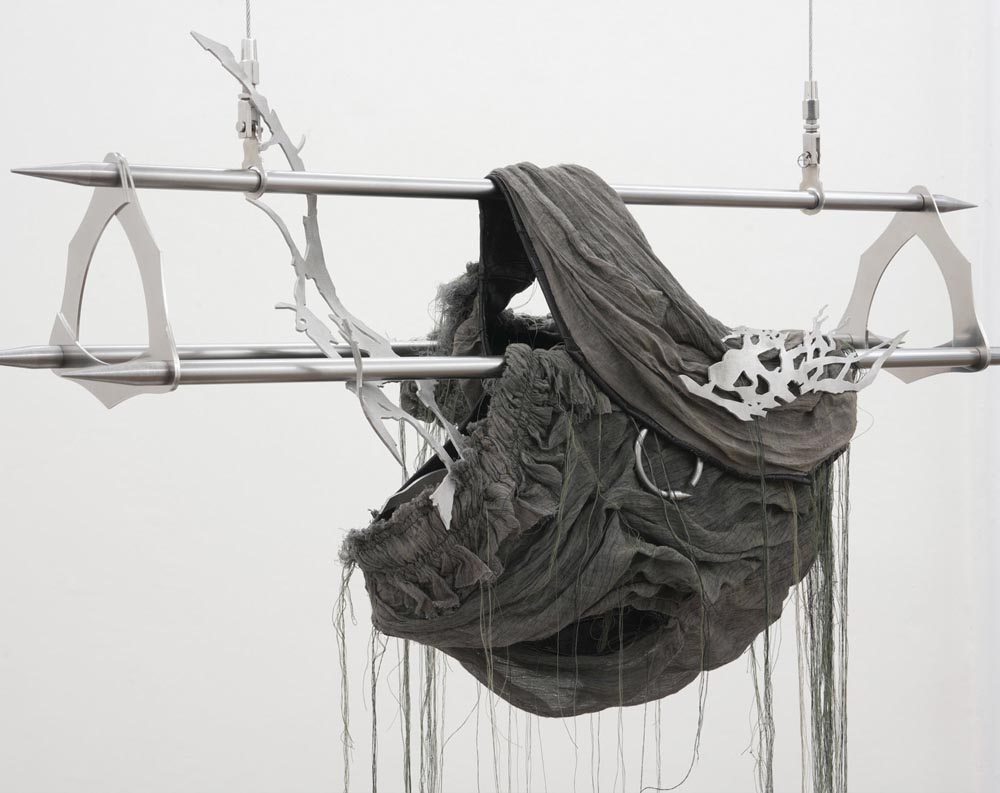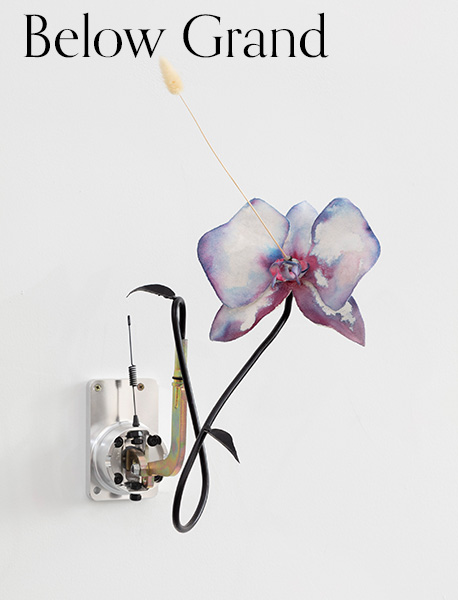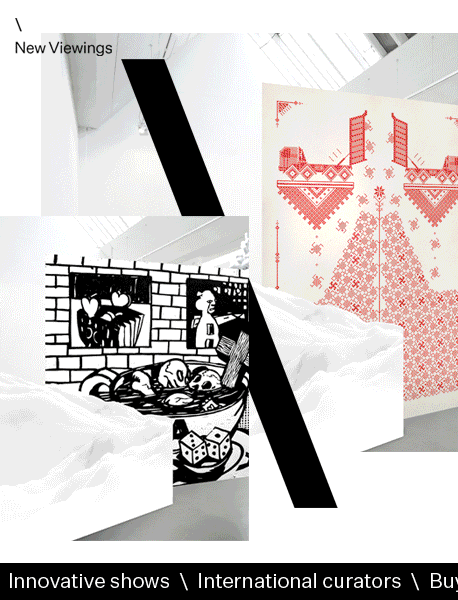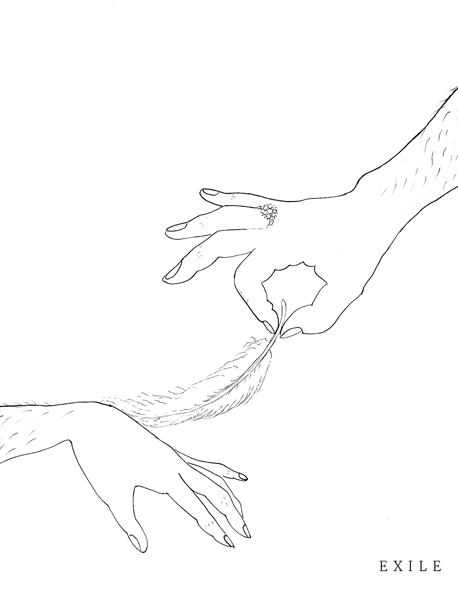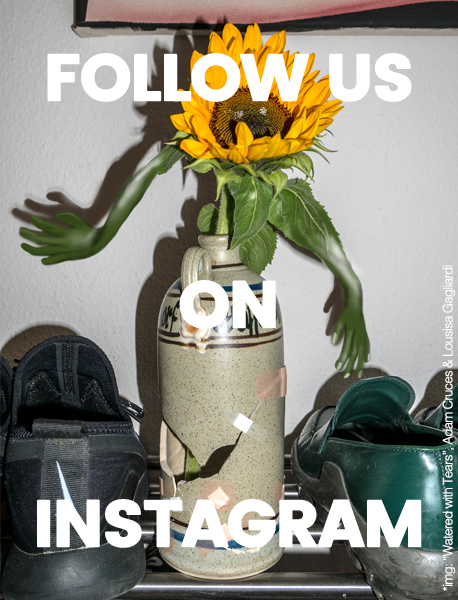OFLUXO
Neatly mowed by the devil
Jennetta Petch & Szymon Kula
At Pani Domu, Poznan
December 08, 2022 — January 15, 2023
Photography by M. Piestrak
The name of the exhibition takes a quotation from the Mowing-Devil, a title of an English woodcut pamphlet from the 17th century, telling of a farmer in Hertfordshire who refused to pay the price that a labourer proposed to mow his field and swore that he would rather the Devil mowed it instead. According to the legend, that night, his field appeared to be in flame. The next morning, the field was found to be perfectly mowed, “that no mortal man was able to do the like”. The pamphlet and the accompanying illustration are often cited by crop circle researches as among the first recorded cases of crop circles.
Like patterns in the fields attributed to extra-terrestrial activity, the skeletal wooden forms are a tangle of networks, with nodes and connective joints. Local history and global movements converge in each object, perhaps leading to imagined alternate histories. Ambiguous forms, between animal and machine, sinister in their sharp blades or claws, appear in motion or transitory, as if in migration. Summoned from the past, from a desolate field in the nineteenth century England strewn with remnants of machinery burned and destroyed by the Swing Rioters, agricultural workers protesting against industrialisation, lead by the mythical Captain Swing who supposedly sent threatening letters to land-owners.
Bearing a resemblance to furniture, these lattices or webs contain window-like portals. The two pieces dialogue, one retains handles evoking its obsolete function, while the other appears more domestic, referencing Arts & Crafts discourse and human-scale production. These slash-and-burn objects are fitted with legs reminiscent of plough blades or sabots, the traditional footwear of French workers designed to protect the wearer from sharp objects or the unexpected hoof of a horse or cow.
During the early industrial revolution, workers used sabots by throwing them into the gears of factory machinery to stop production. The word “sabotage” came from this activity. In Poland, from the Middle Ages onwards, tools were often transformed into weapons. Combat scythes were used by peasants, notably in the famous formation of kosynierzy (scythers). In Wielkopolska (Greater Poland), the equivalent of sabots called okuloki were worn by asphalt workers or steelworkers, as the wooden sole insulated well against the heat. In the 1956 revolt, workers in Poznan protested in this type of footwear. Various accounts of the day mention the sound of clogs hitting the cobblestones as they marched out of the workshops into the city.
The charred objects also take visual references from knitting frames, sabotaged during the weavers’ revolt in Georgian England. An oath-based organisation of textile workers formed a radical faction which destroyed textile machinery, as they objected to the introduction of mechanised looms and knitting frames and the threat they posed to their acquired knowledge and skills. Almost two centuries later, a local leather factory in the Blenio valley in Switzerland closed down, allowing salvaged remnants presented in the exhibition to be transformed into a kind of armour, which, like abandoned exoskeletons, seem to correspond to the anatomy of the accompanying objects.
In the southern Alps, a technique survives in which leather is moulded onto rocks in streams, where it keeps the natural form long after being dried by the sun, maintaining an imprint of a place or an ecosystem. Wet-moulded and hardened leather was traditionally used to create a durable and brittle material that could withstand arrows or swords, just like its metal successors. Similarly to in the animal world, where species at the bottom of the food chain protect themselves using mimicry, imitating the colouration of stronger predators, the silver-coated surface of the leather deludes the eye, making them resemble cast metal forms.
By reenacting these past gestures, summoning material as a spectre of the pre-industrial era, we might be able to imagine new forms of resistance. These objects, abandoned or perhaps preserved in the gallery space, seem to ask the question: what will we occupy our hands with when, in the high-tech age, the devil himself would undertake to mow all our fields?
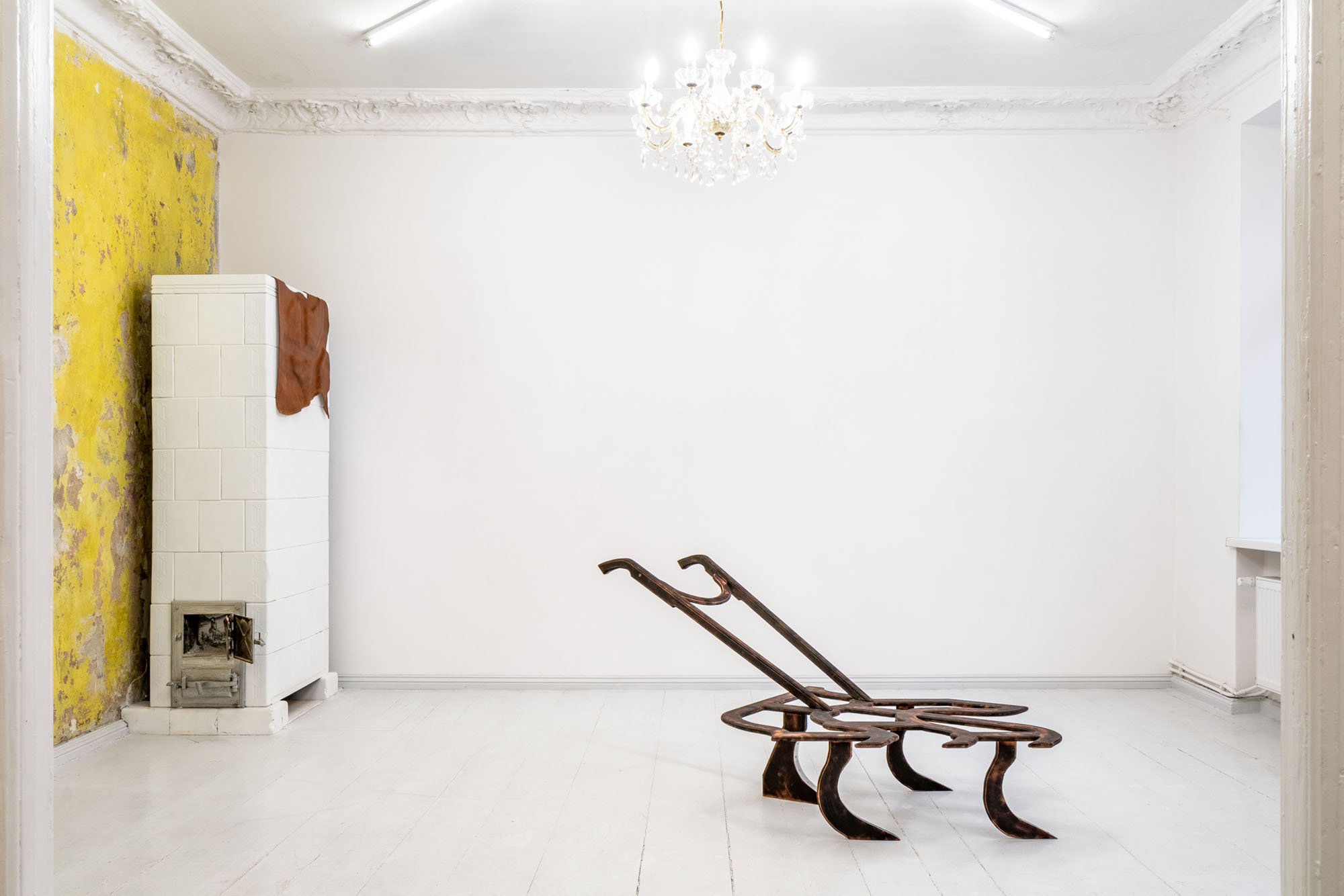
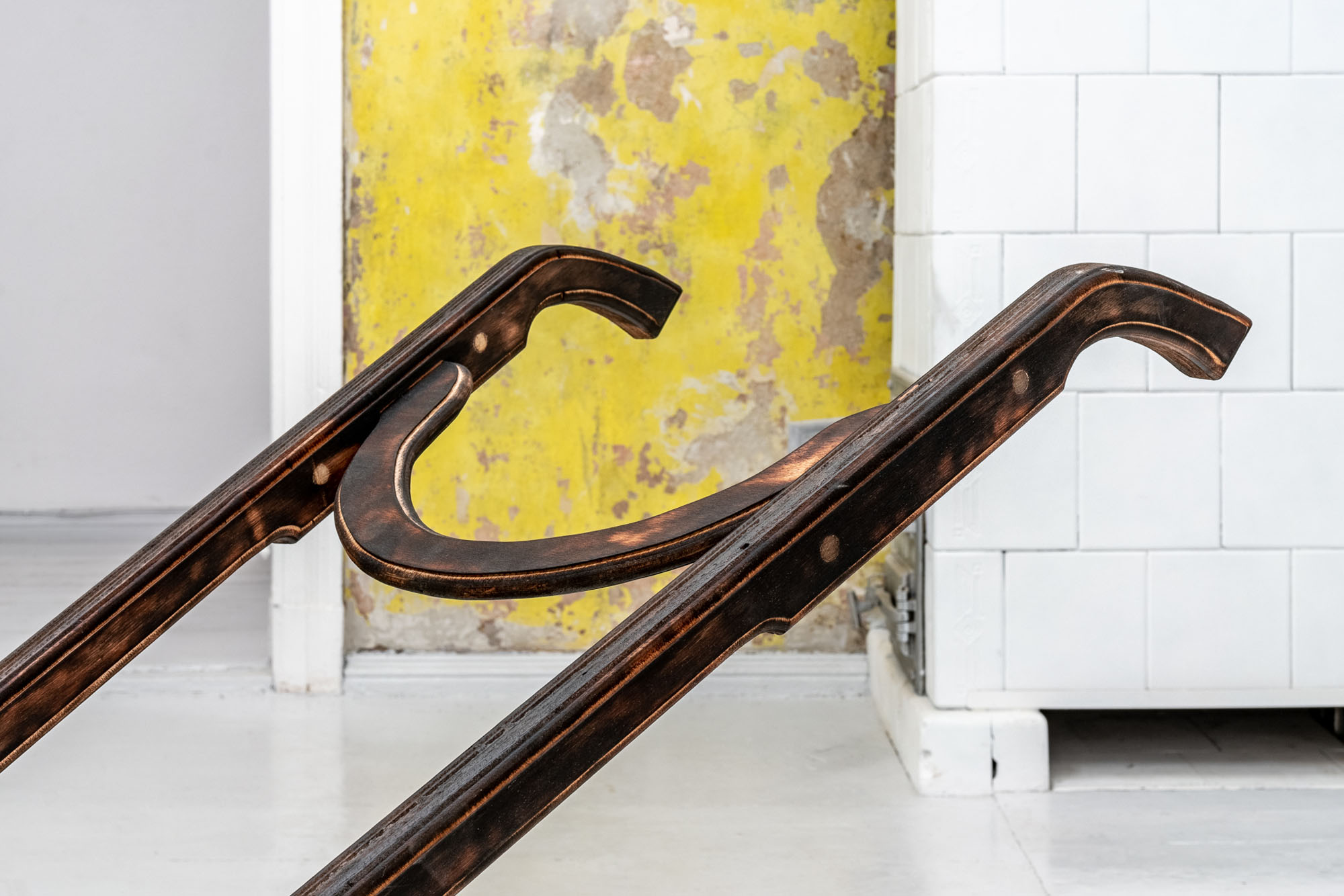
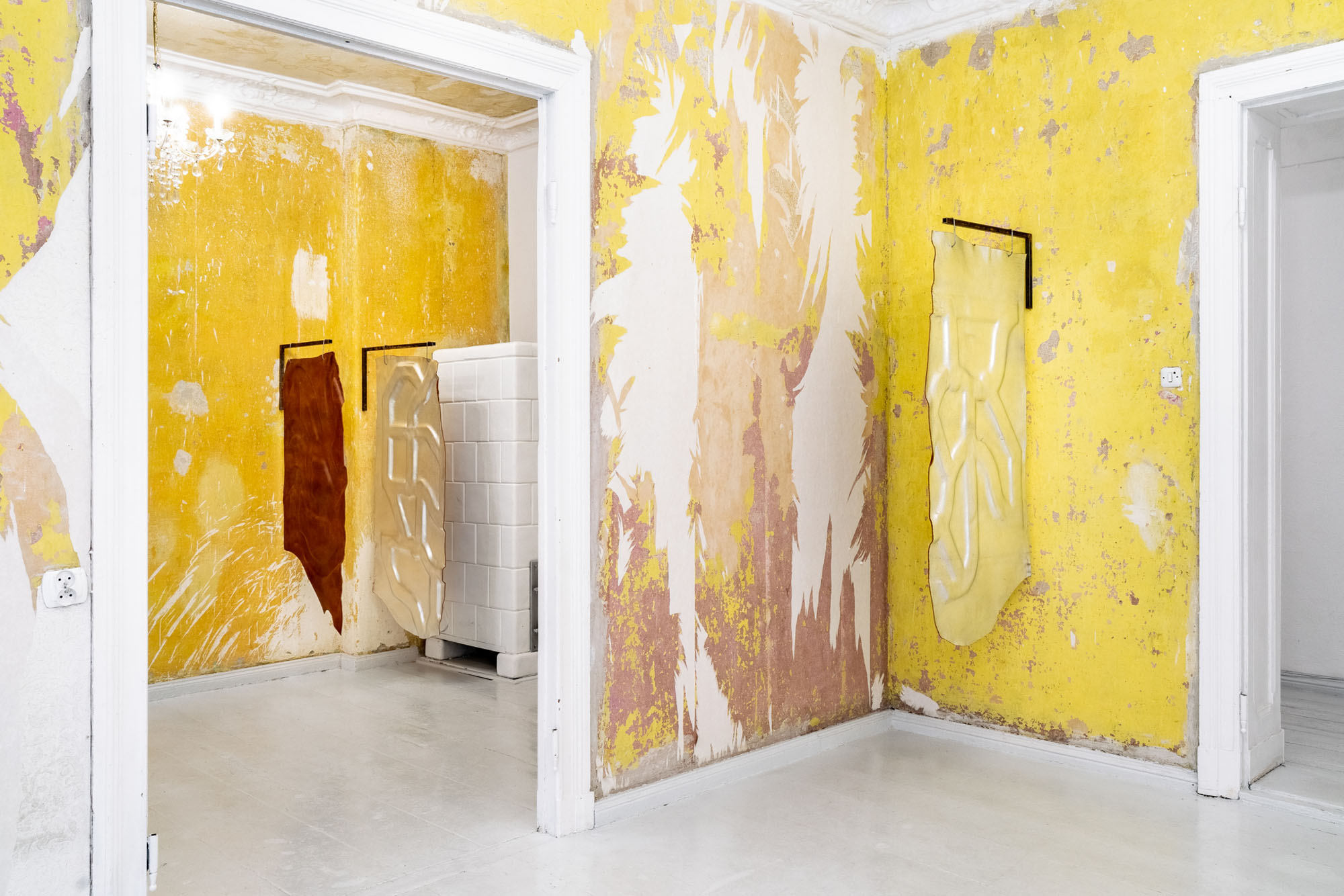
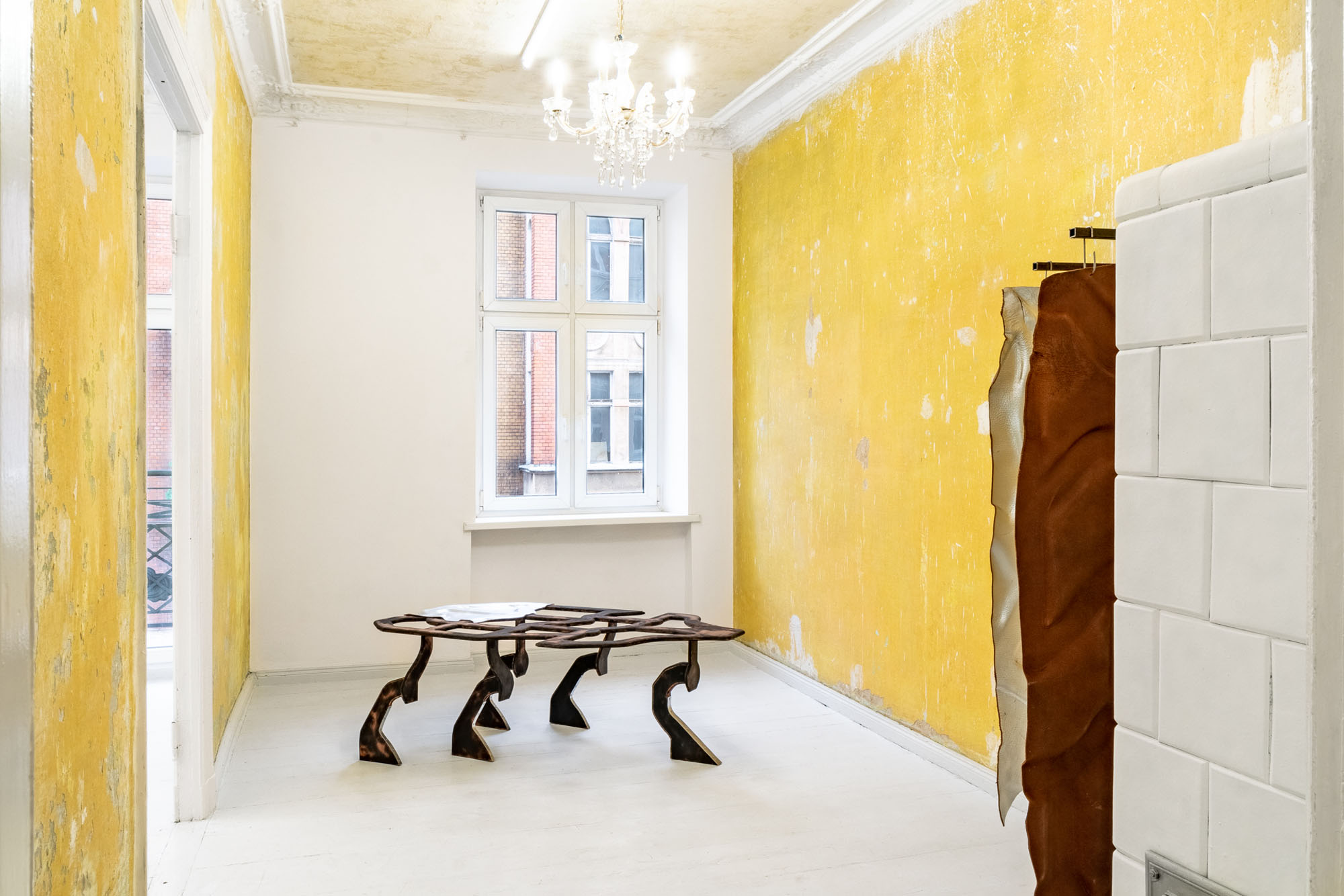

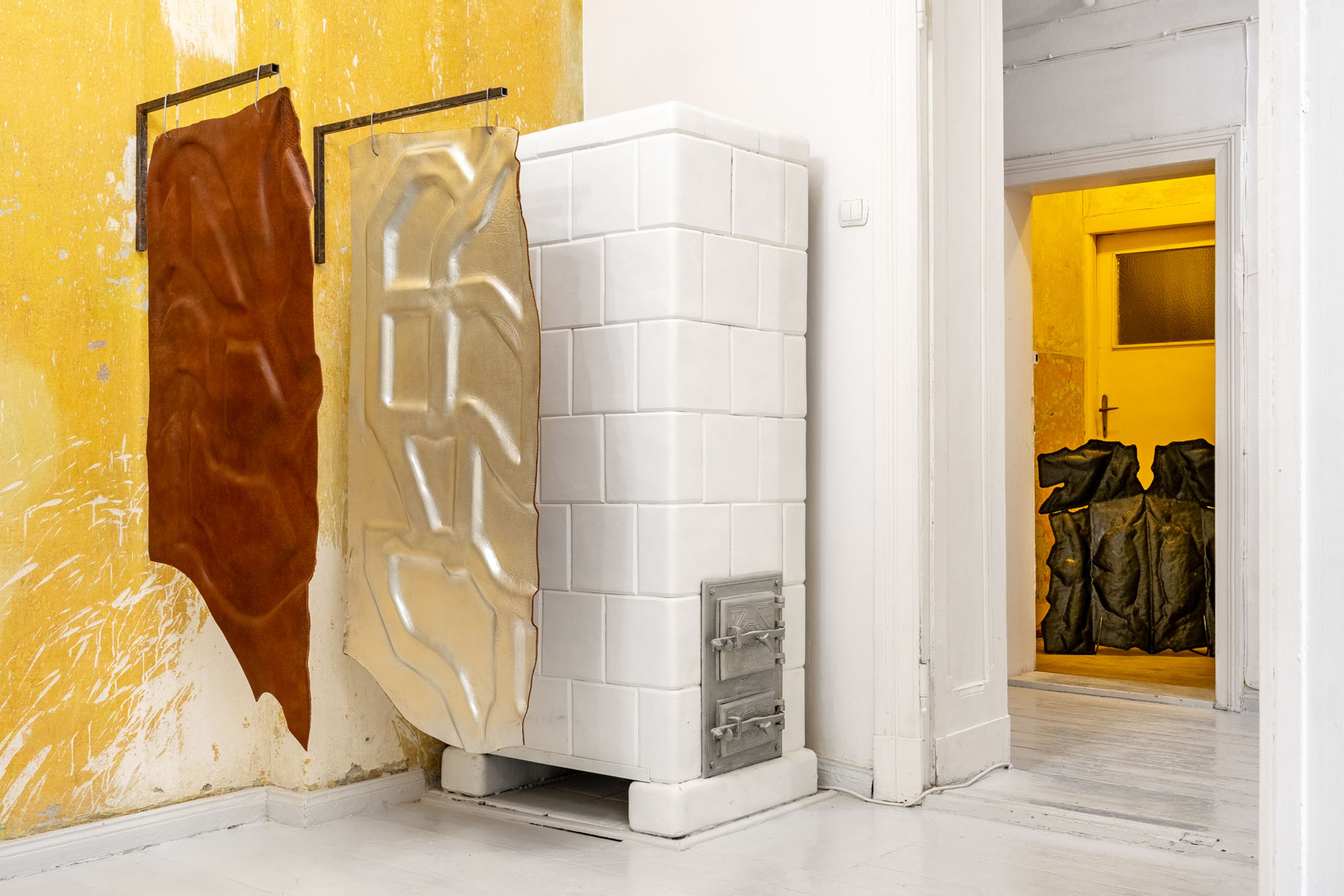
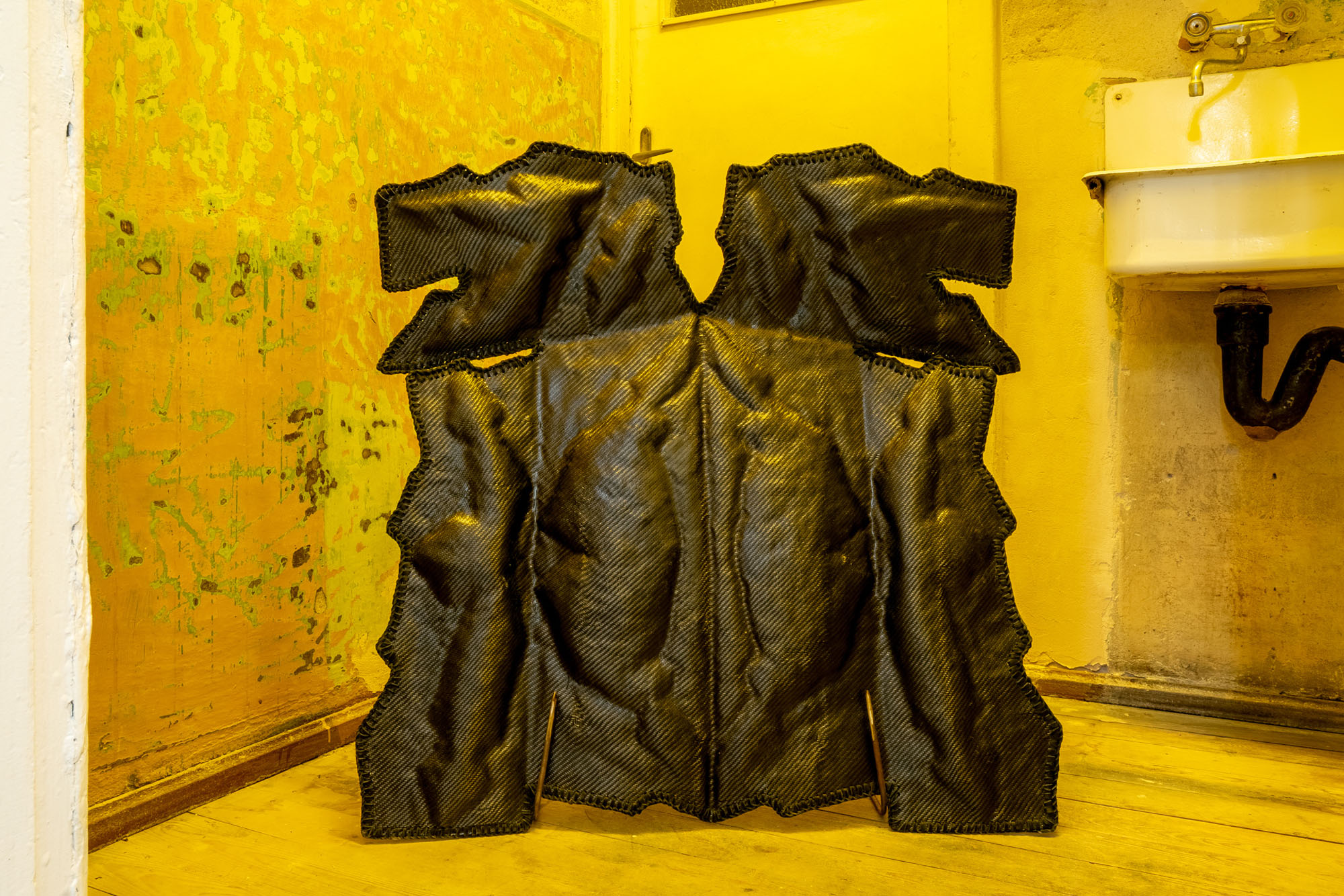
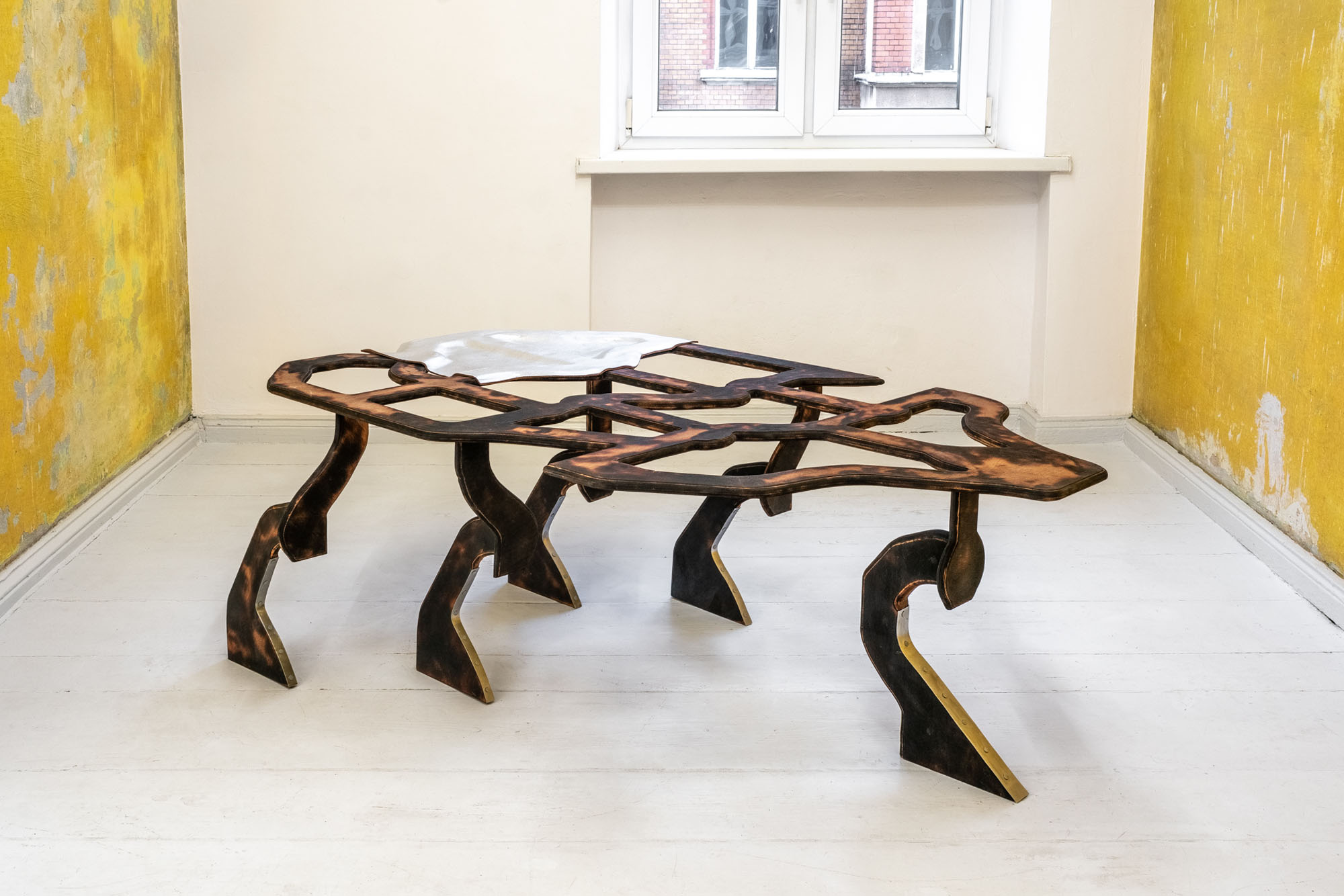

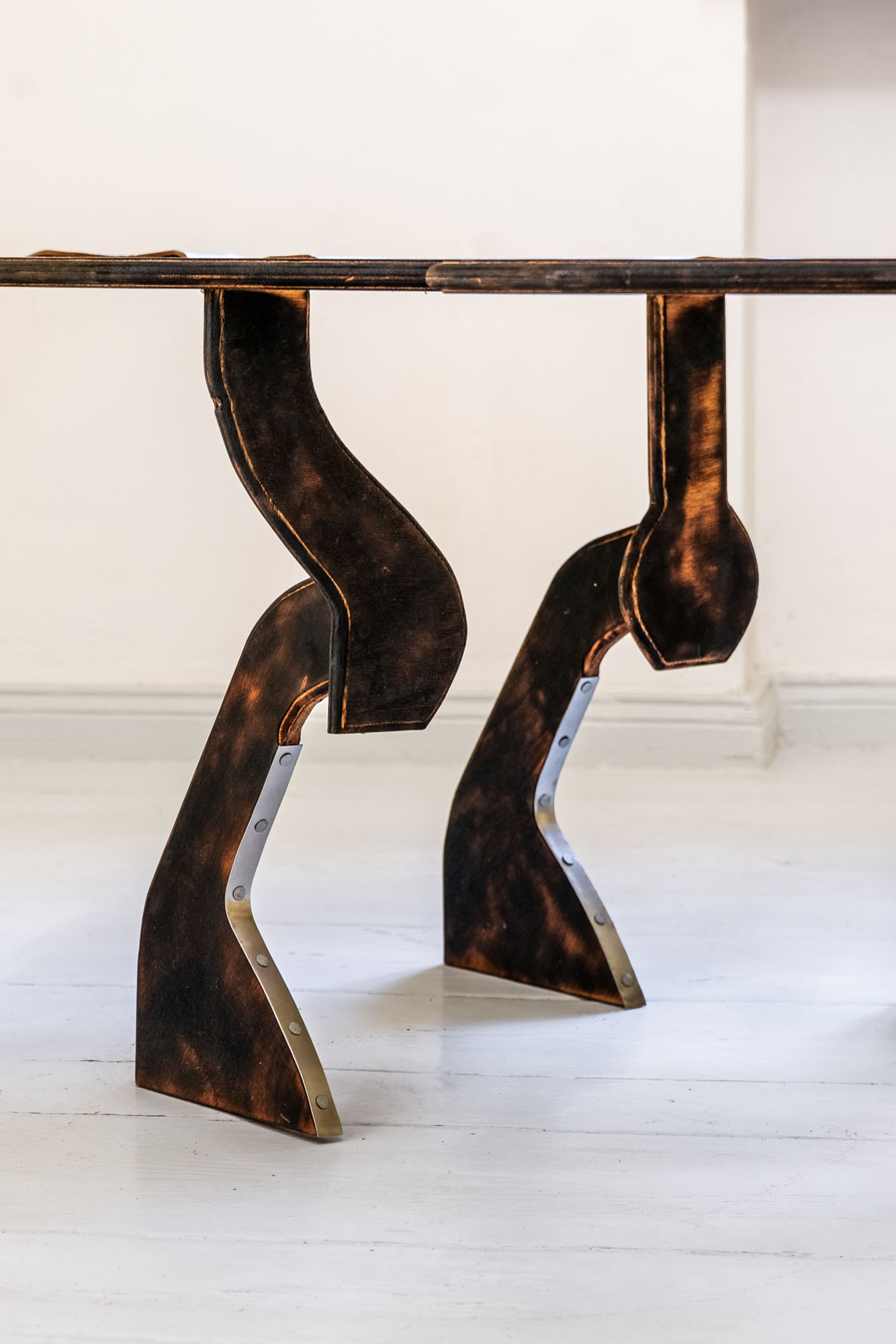
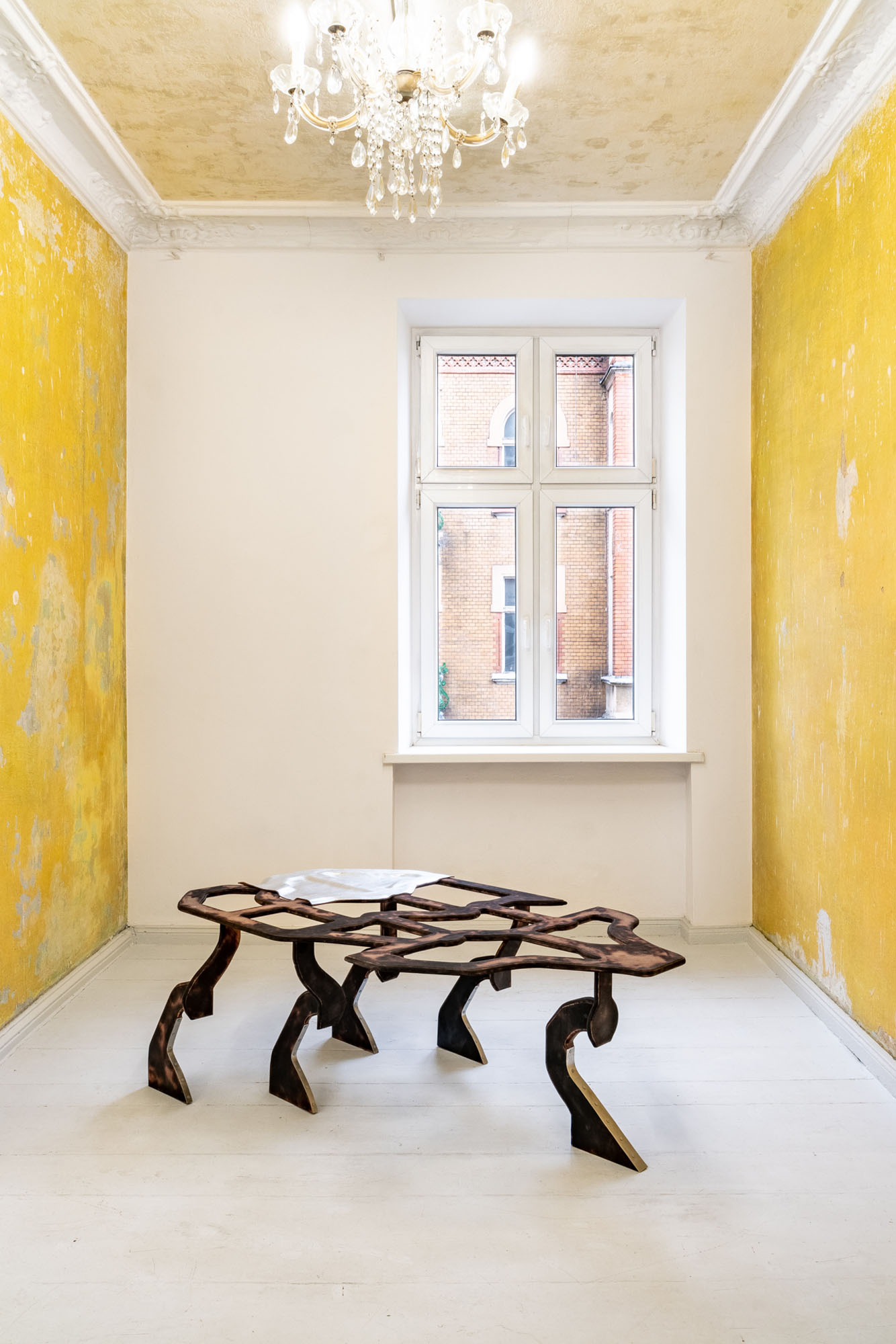
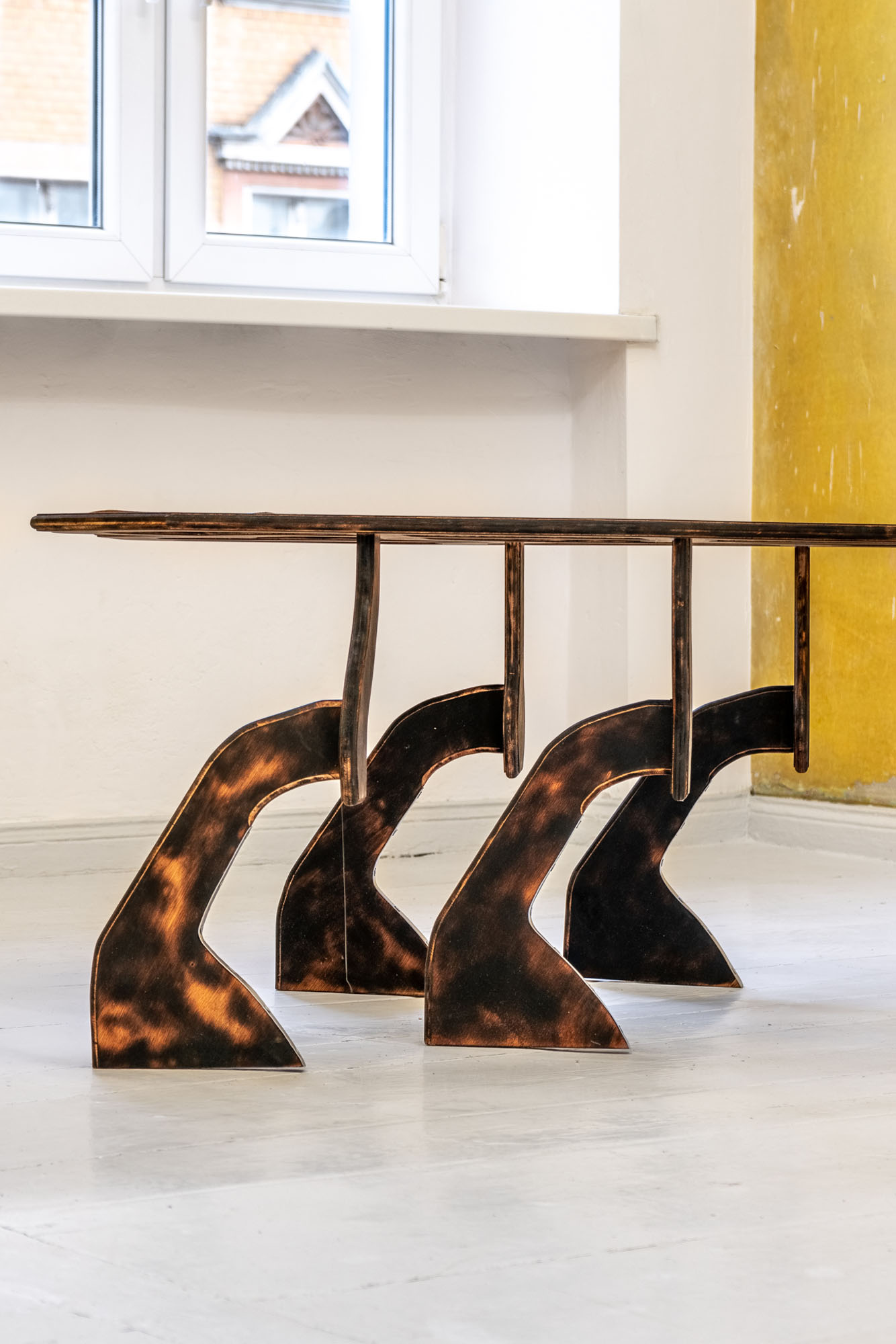
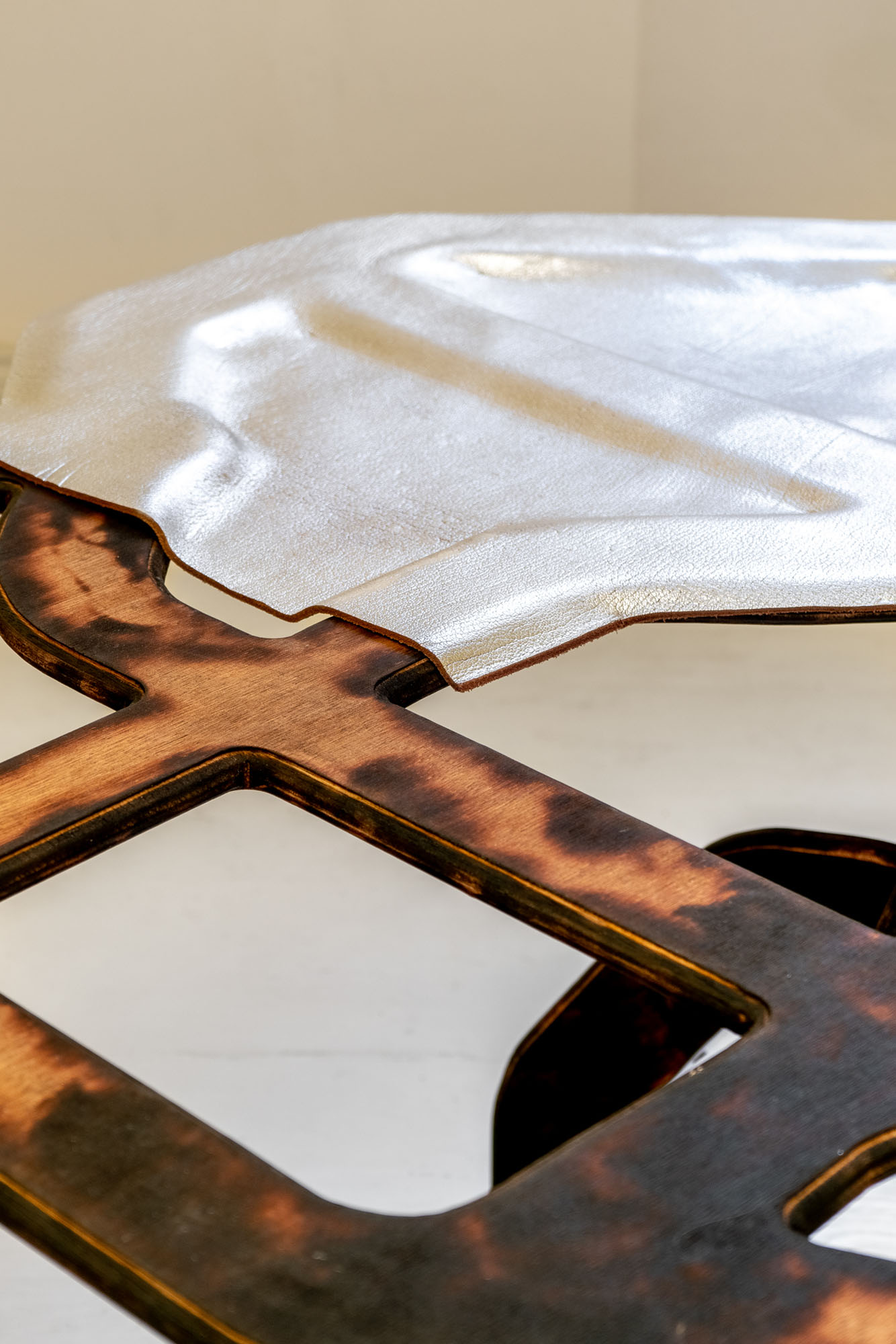
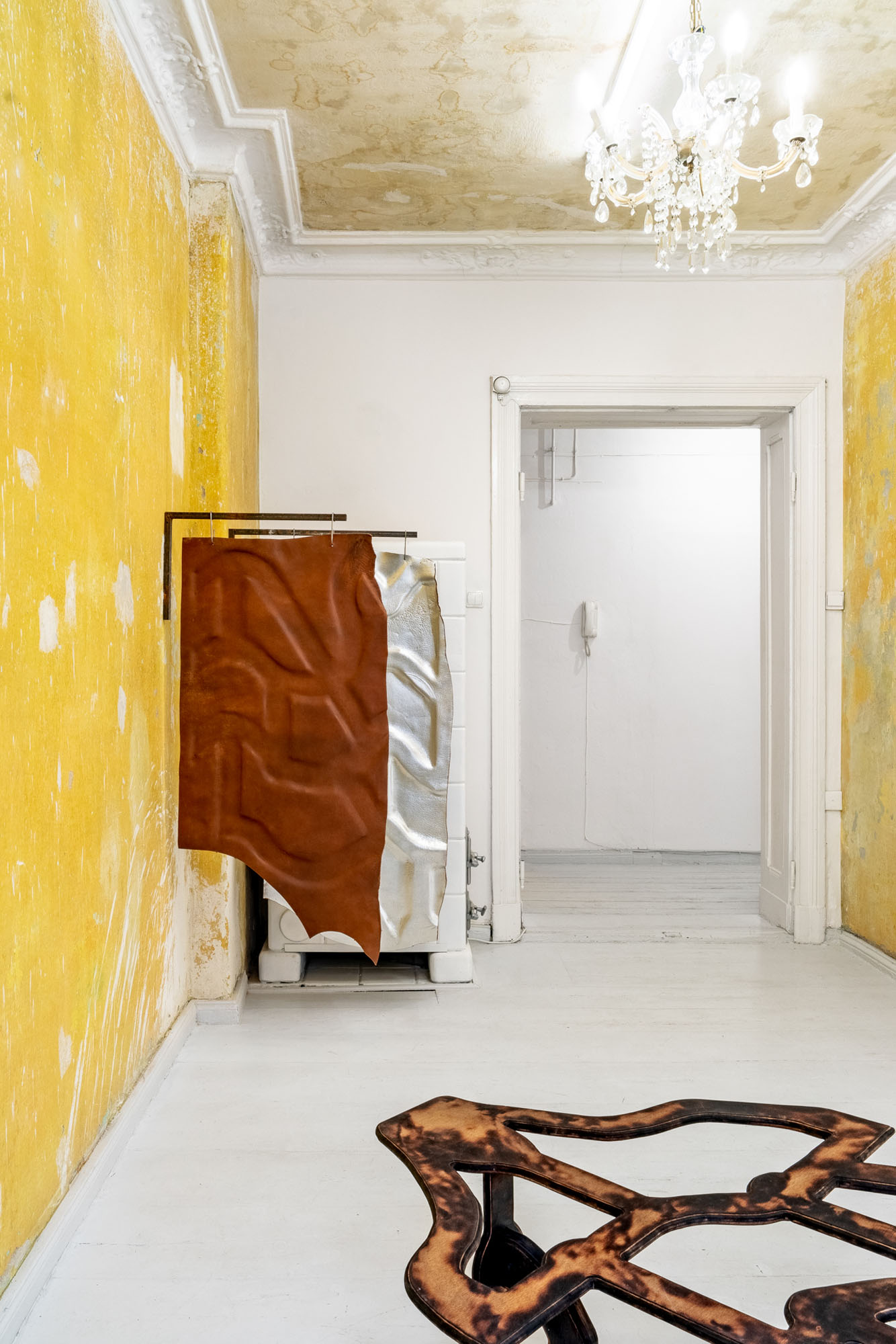
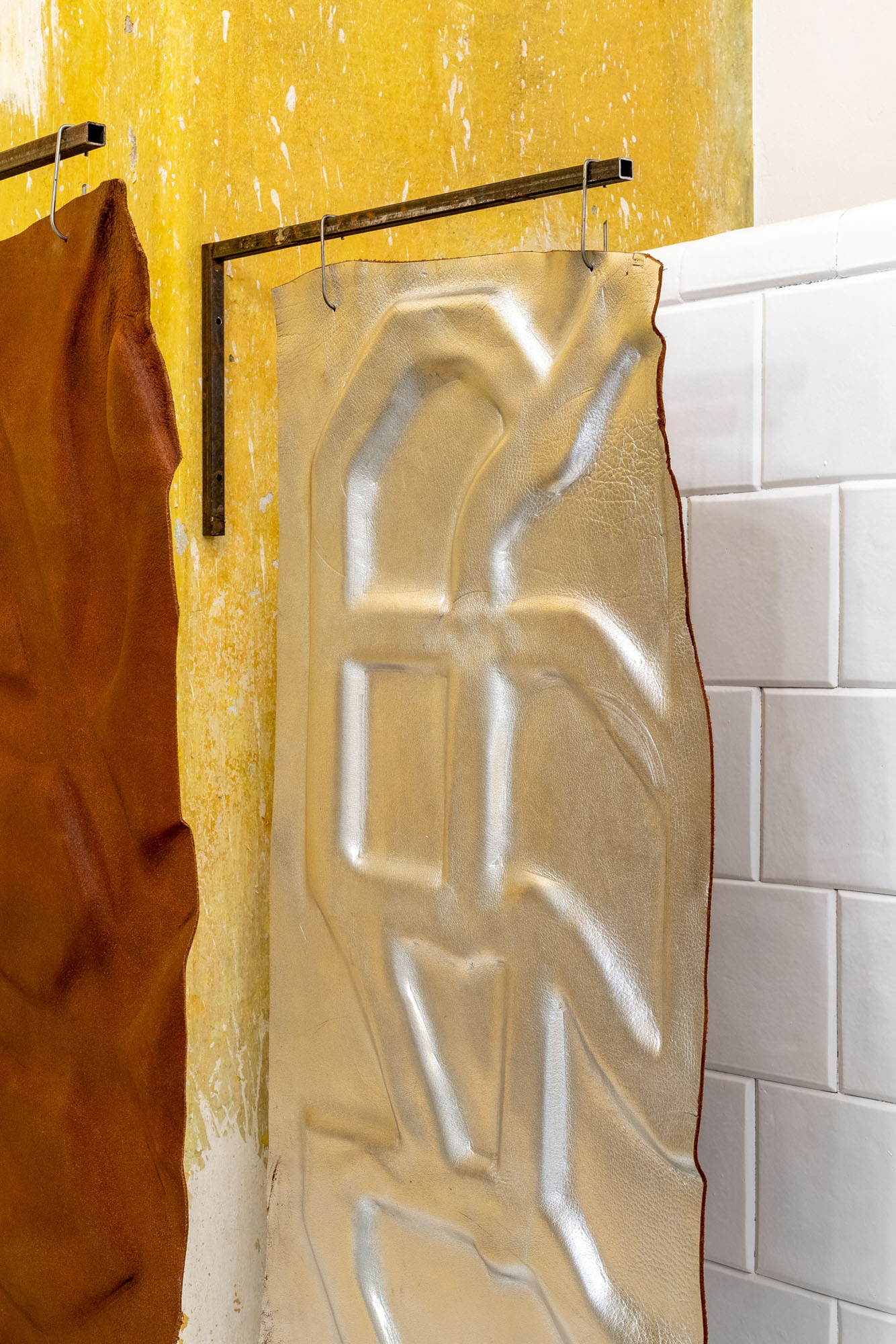
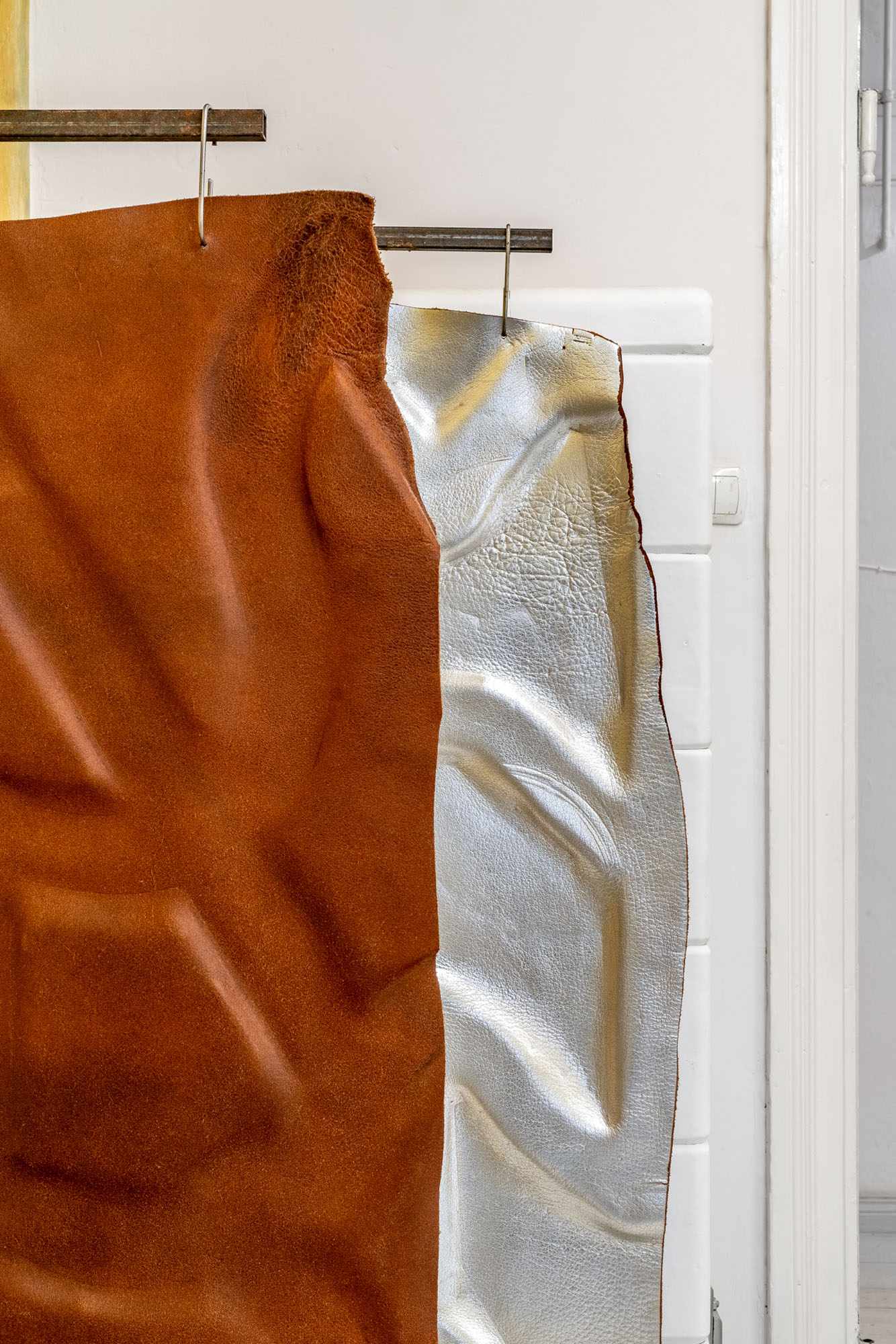
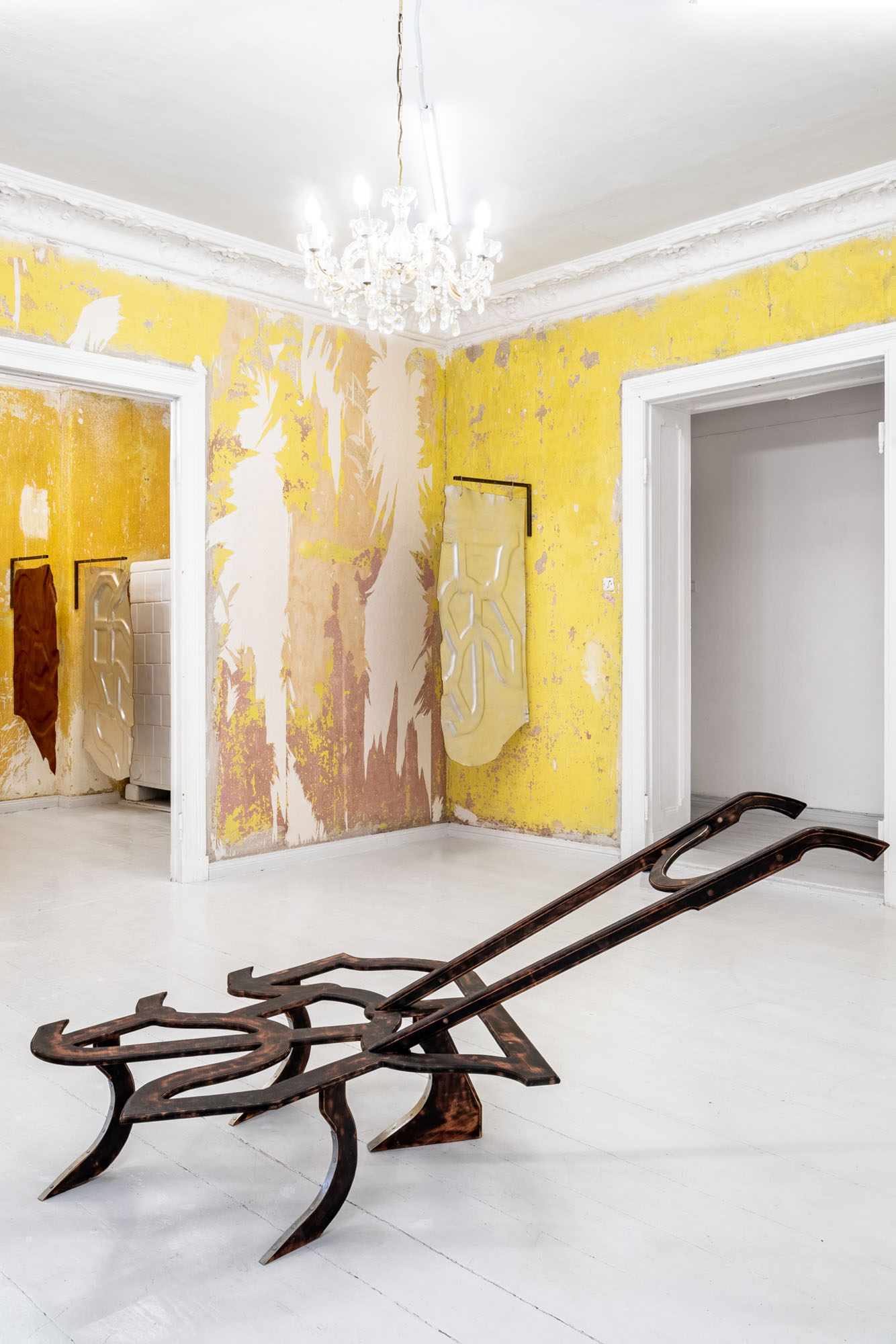
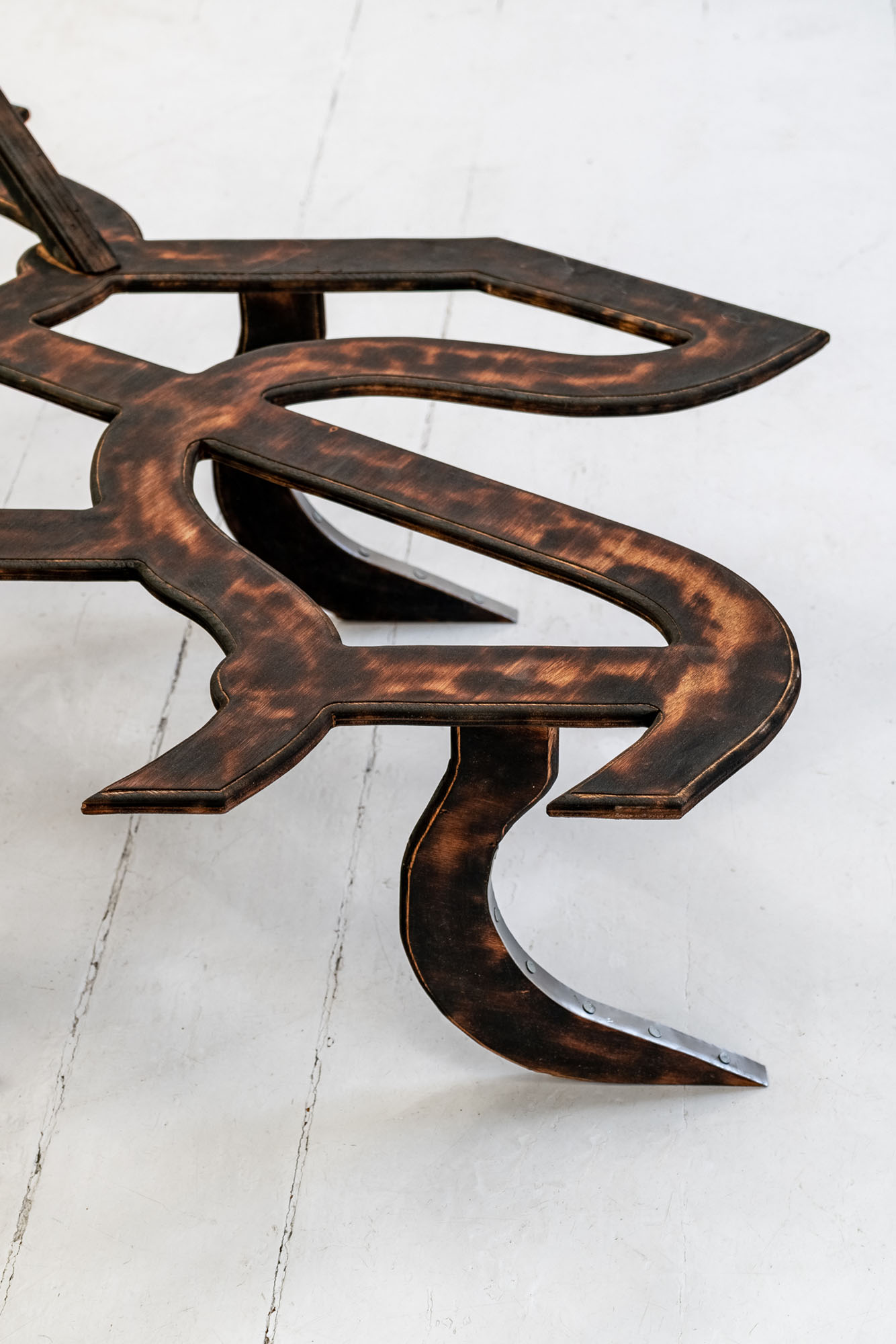
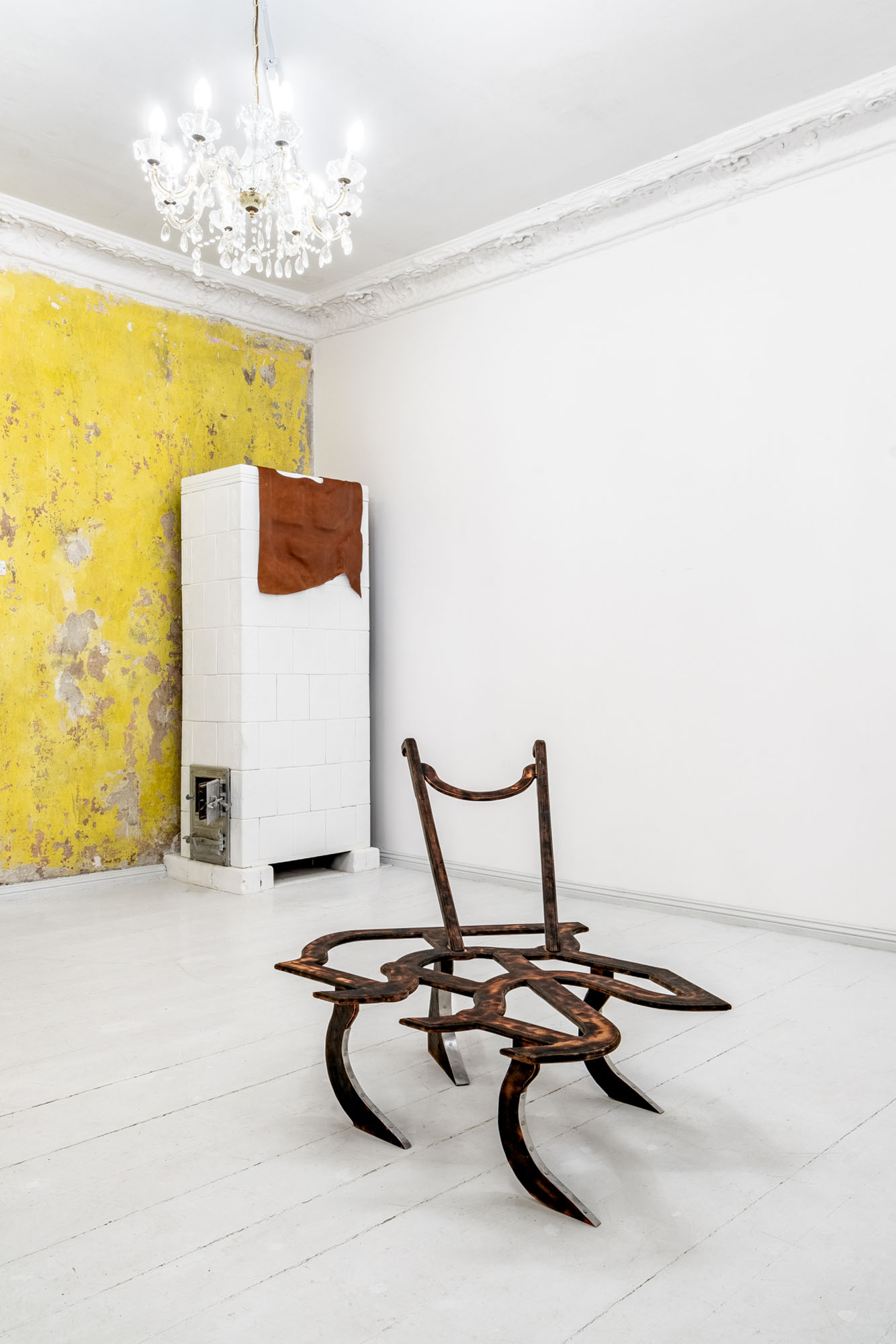
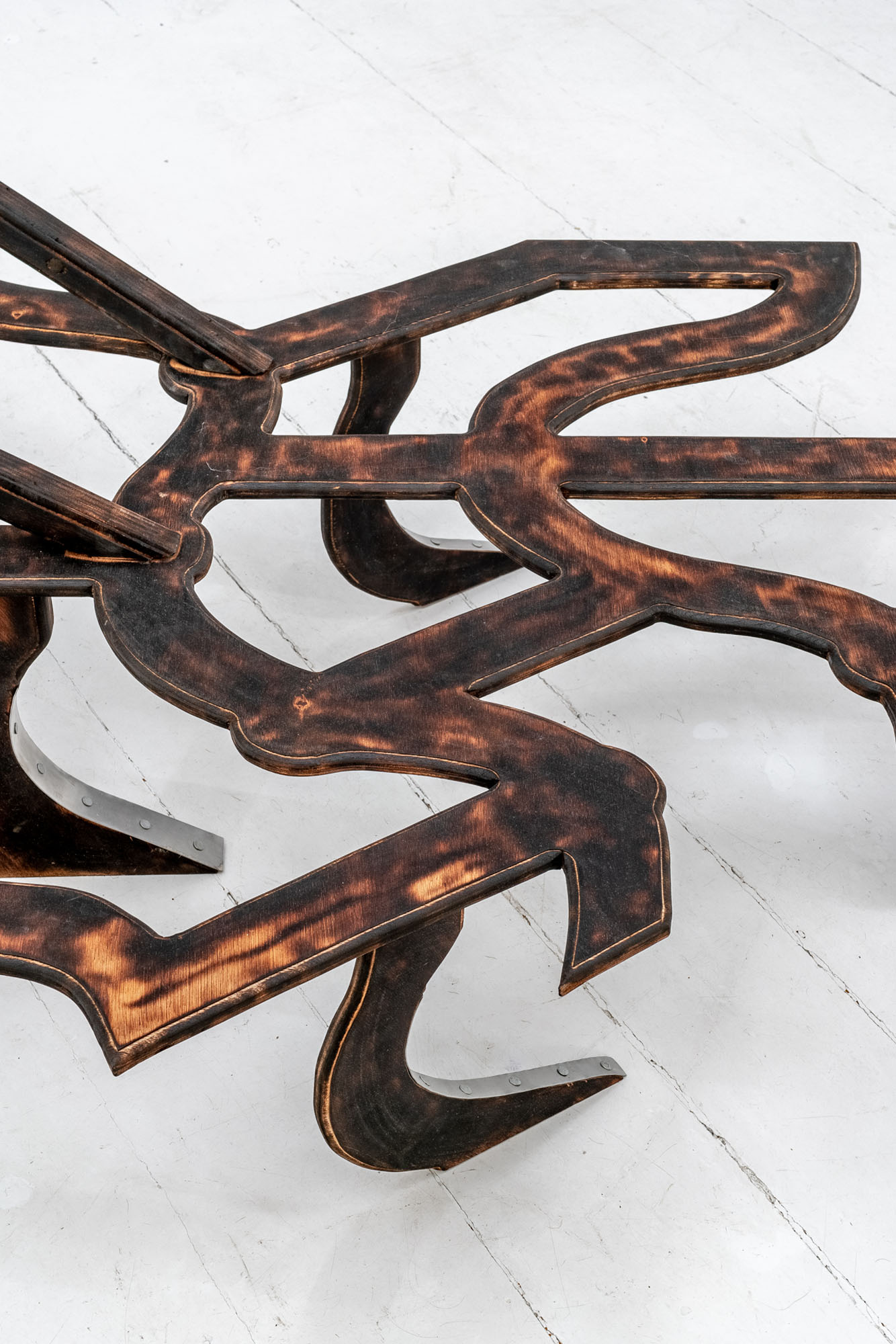
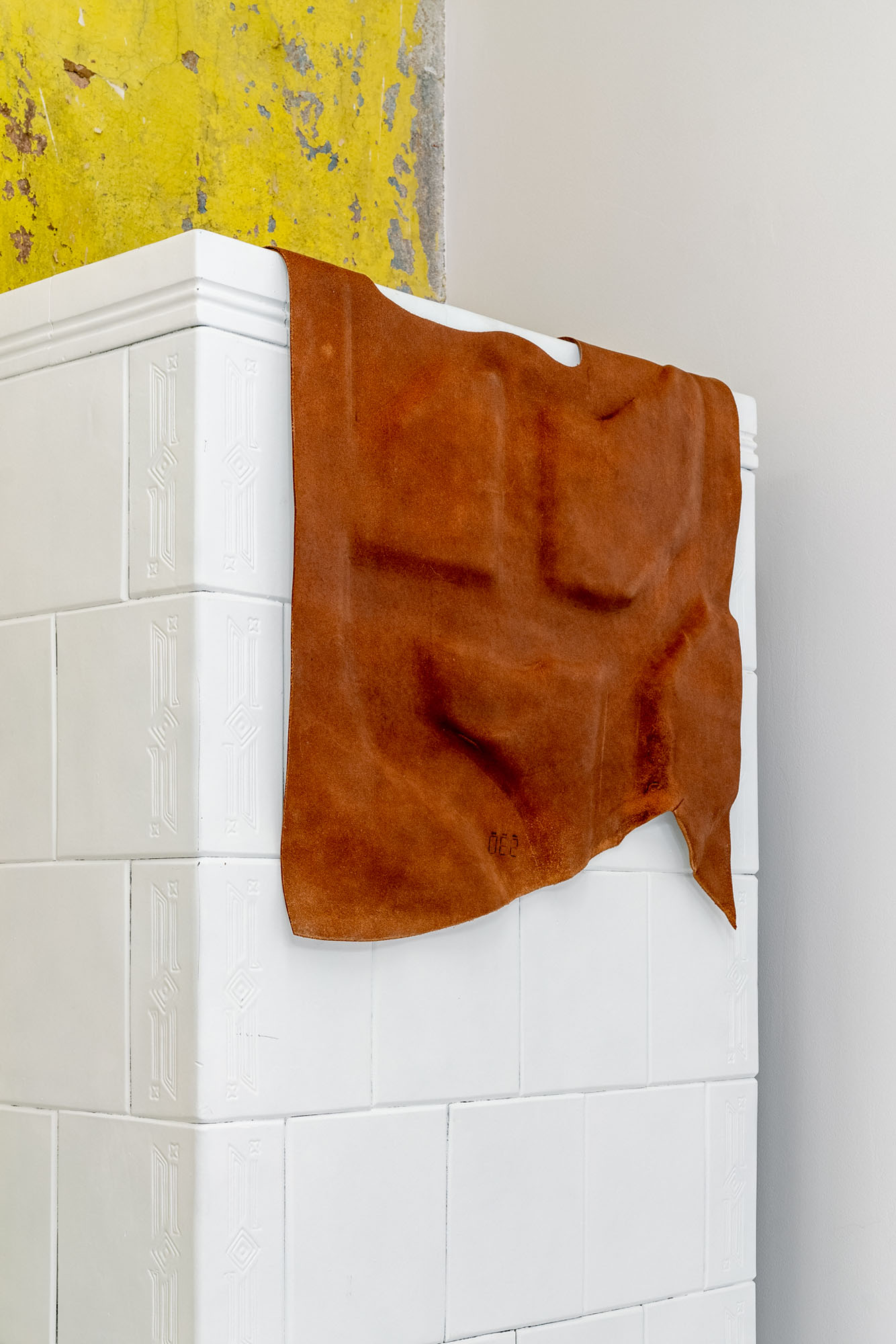
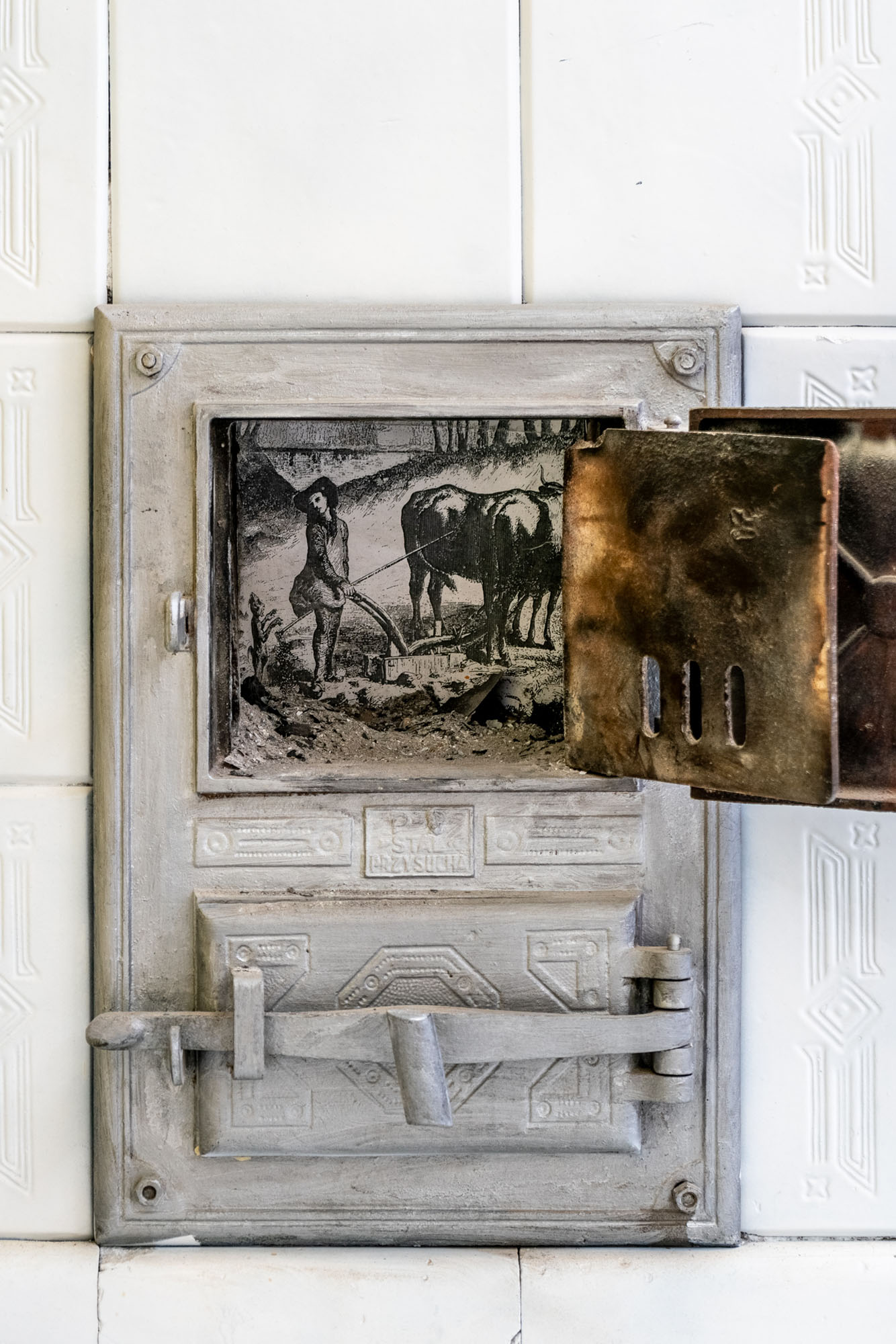
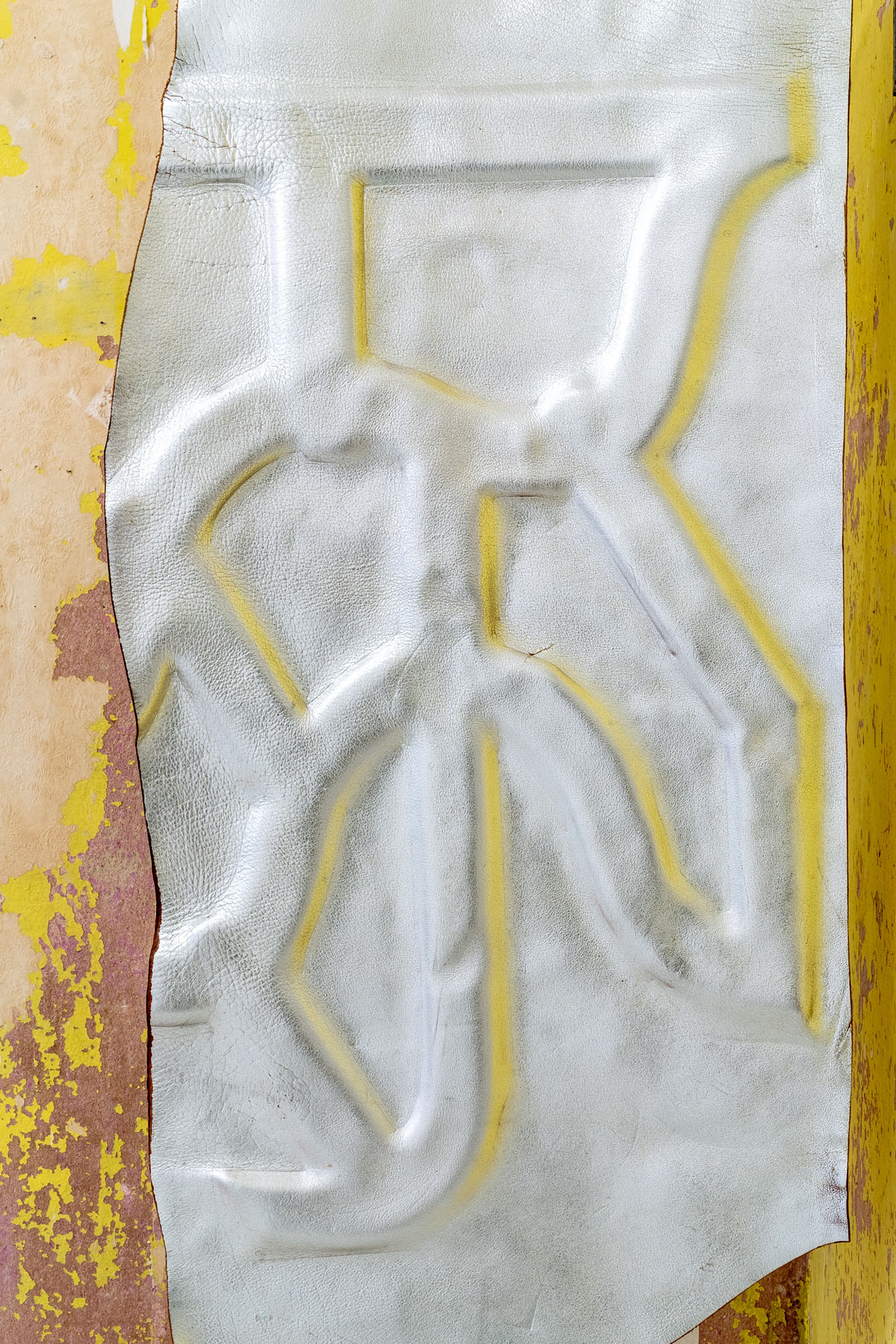
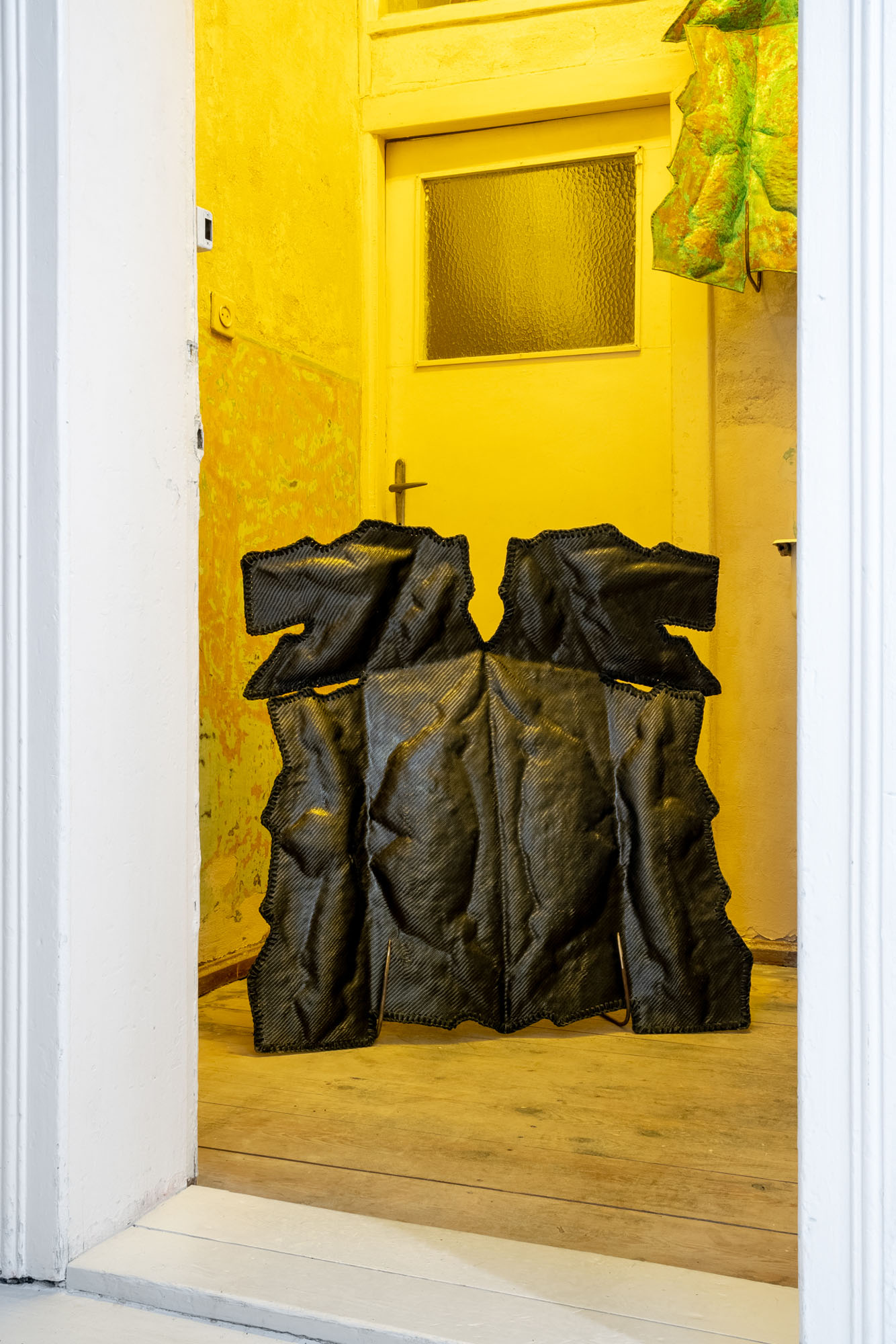
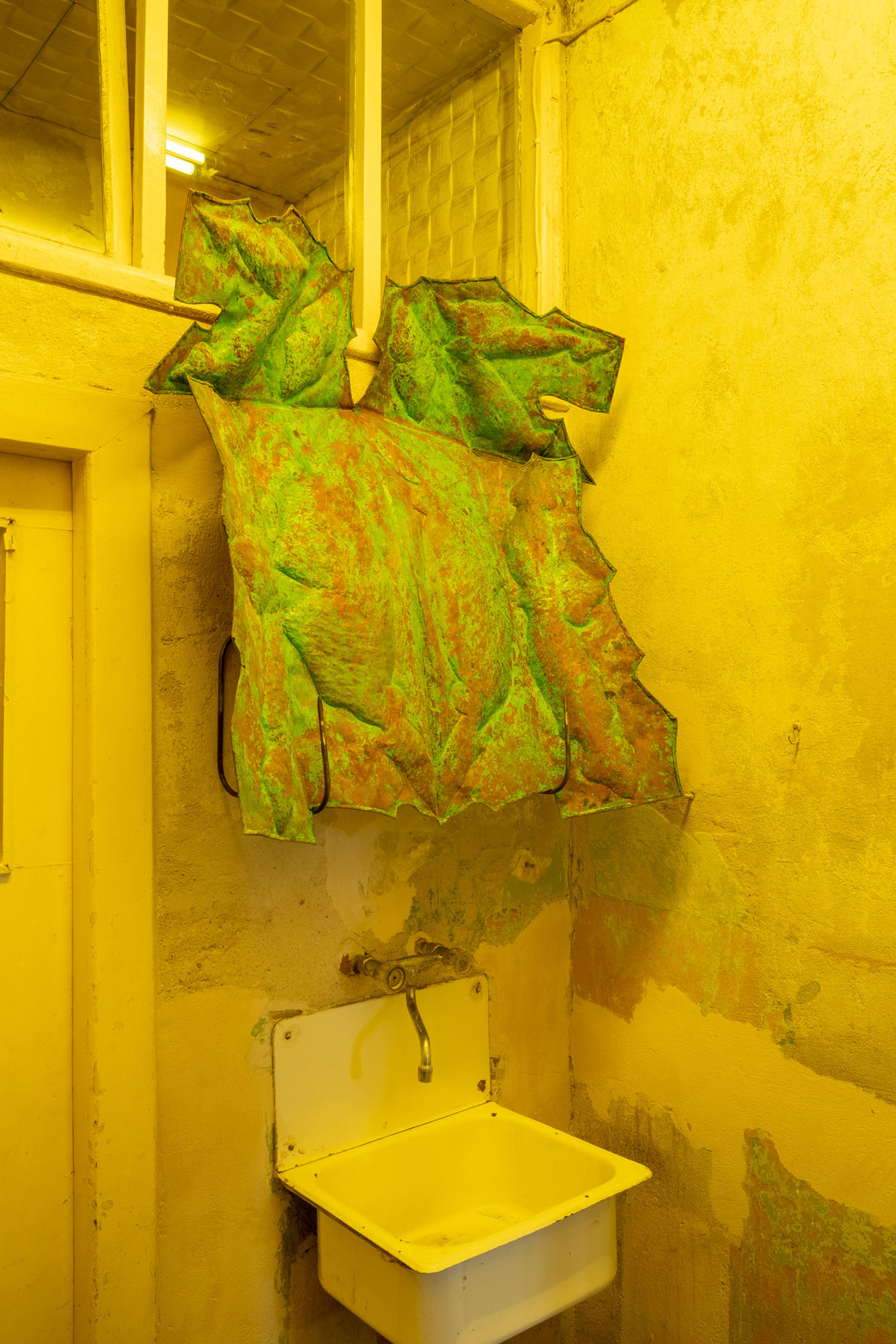
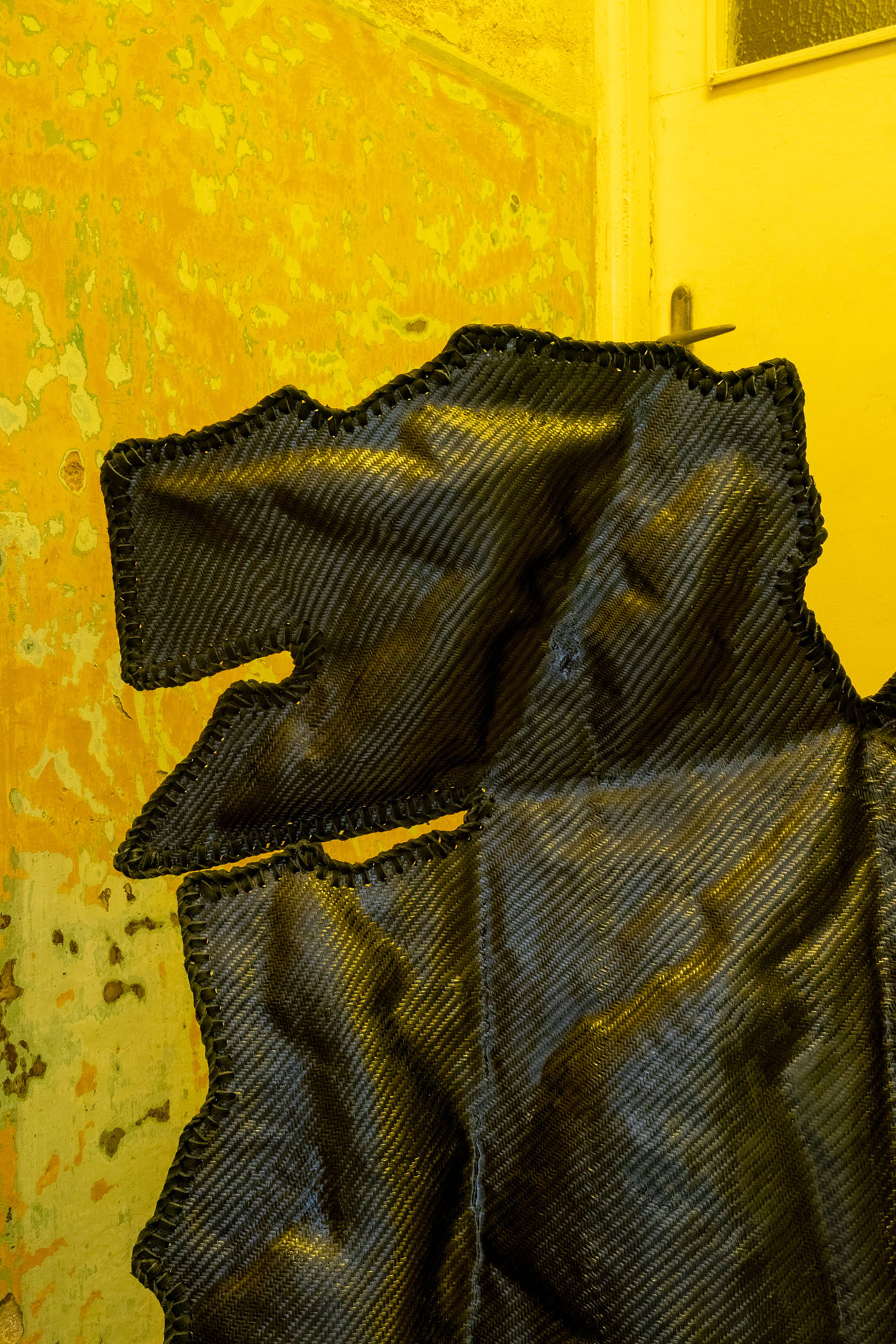
Previous Articles
OFLUXO is proudly powered by WordPress
